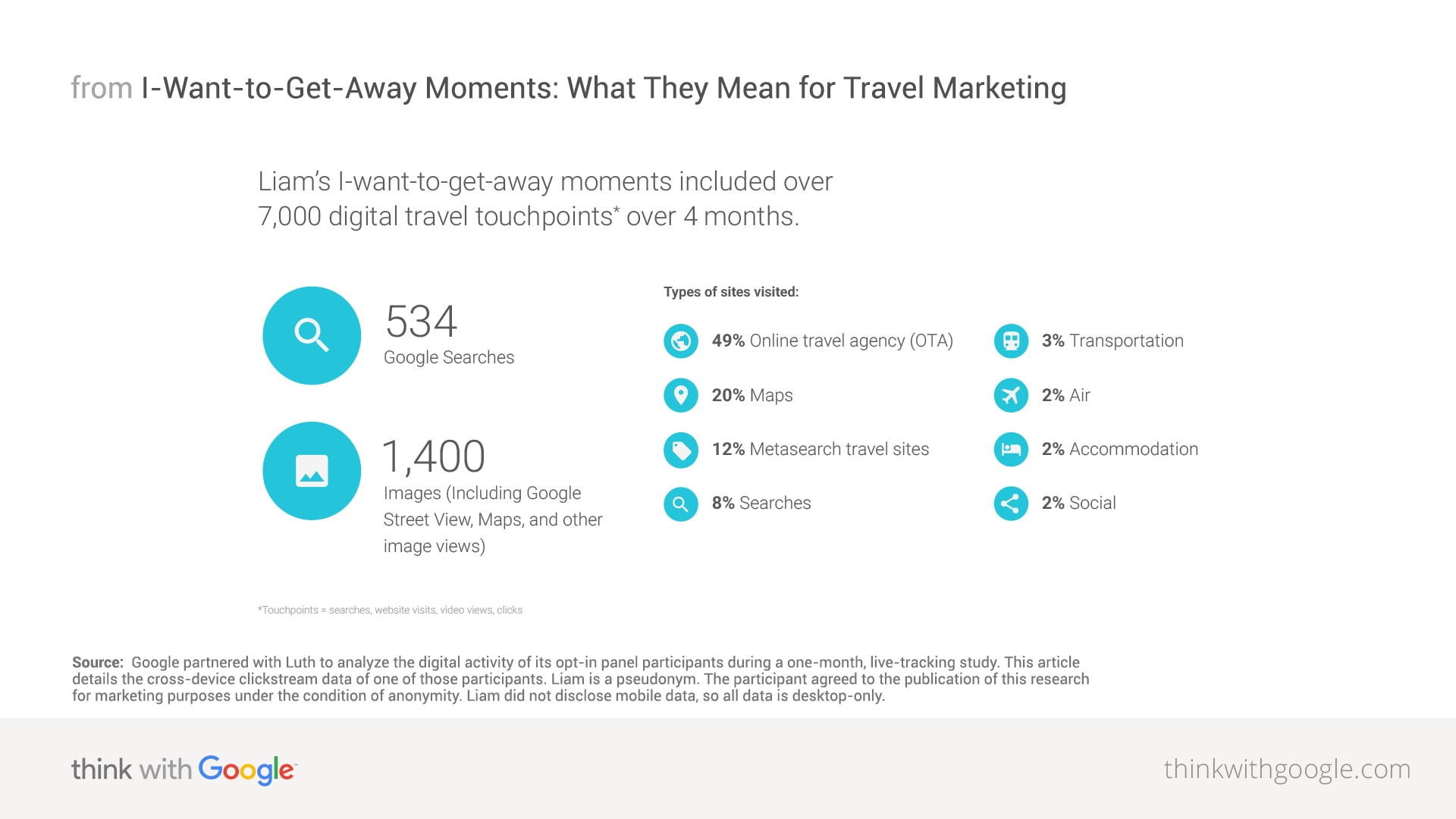THE CONCEPT OF ICT
ICT stands for “Information and Communication Technologies” and refers to those technologies providing access to information through telecommunications, including the internet, wireless networks, cell phones and smartphones, etc.
Since their entrance in our daily life, in the last decades, society has deeply changed, as well as our communication capabilities.
People can easily communicate in real-time through instant messaging, voice over IP (VoIP), and video-conferencing.
Social networking spread, allowing users from all over the world to remain in contact and communicate on a regular basis, with a progressive use of the images as a means of communication, integrated by virtual and augmented reality.
The user is no more passive. People continuously generate contents on the web which leave tracks that can be useful in several ways: in some contexts, these digital footprints can represent data to be analysed, also for marketing purposes.
A CHANGING TOURISM SECTOR 1/3
Tourists
- ask for better quality, tailor-made services
- are becoming more mobile but less loyal
- compare more and more offers (price, contents…)
- go more but on shorter vacations
- take last-minute decisions (less time between booking and consumption)
- potentially, each consumer belongs to different segments at the same time
ICT plays an important role giving better access to product information. Consumers through ICT can give global visibility to destinations and a global merging of market segments.
A CHANGING TOURISM SECTOR 2/3
Nowadays, in the tourism sector almost every step of the tourism experience is getting more and more digital!
It is confirmed by Google travel study (2014): many ‘leisure tourists’ do research online before deciding where to go. Social networks and video/photos sites are the top online resource for inspiration.
The following step is planning. Both in case of leisure and business travel, internet is the main travel planning resource with 78% and 80%, against 13% and 30% for travel agents. Leisure tourists compare offers on-line and this affects travel brand loyalty.
1. Search for inspiration

Travelers rely on social/video/photo sites and search engines for trip inspiration;
2. Research is digital
- The internet is the top source for both leisure (74%) and business travel planning (77%)
- Search engines are among the most popular online planning sources for travellers (leisure travellers, 60 %; business travellers 55%)
- The most of them book on an OTA (Online Travel Agency) website/app, because of “Lower prices/Better deals”; “Past positive experience or recommendations for the site”; “It’s a name I have heard of”; “Better tools and options on the site”.
3. The increasing use of smartphones
- The use of smartphone is increasing during all the travel process

- It is mostly used during the inspiration phase by both leisure and business travellers but about the half of them then book with another method
- Who books on a smartphone does it both through mobile website (mostly leisure travellers) and mobile apps (mostly business travellers)
4. On the destination
- The smartphone is the go-to device for local information when traveling
- 51% of leisure travellers look online to decide on on-site activities and find information, mostly through a search engine (84%) and apps (40%)
A CHANGING TOURISM SECTOR 3/3
In “Snapshot of a real traveller’s decision-making journey” (Google, 2016) we can easily confirm how online interactions are increasingly shaping how people start thinking about planning their next trip.

Visual contents (images and videos) are important and help in narrowing down the decision about the destination, the on-place activities or the brands to book with.
This kind of information are mainly (60% of searches) sought on mobile devices.
This is also confirmed by eMarketers which ran a research about travel mobile devices bookers with a forecast until 2021.
In US, booking through mobile devices, especially smartphones, will lead to $108.75 (billion) sales in 2021.

DIGITAL FOOTPRINTS IN THE TOURISM SECTOR
The way we use our mobile devices has changed our interactions with the surrounding space. In our daily activities, being geo-located, we leave digital footprints that can be a source of information. They can be monitored and tracked for observing, recording and analysing the dynamics of our environments (cities, open spaces, rural areas, etc.).
In the travel process, we are getting more and more digital:
- Before the departure: the planning usually starts from the web, looking for the set of diverse opportunities offered and basing the travel decision on other users’ feedbacks!
- During the visiting experience: the collection and real-time sharing of pictures and insights on the social media becomes part of the experience itself!
- Back home: it is common to share the experience lived with friends (potential new tourists), also creating new contents on the web and giving feedbacks useful to other users!
Sharing contents on the web has an impact, both in a positive or negative way: it creates reactions, gives inputs and visibility to the place, also impacting on its reputation, gives the real idea about the user’s perception about the destination and services received and influences future tourists’ choice. It also provides suggestions and information about the on-site fruition.
THE ADVANTAGES OF DATA ANALYTICS 1/2
This huge production of user generated contents (UGCs) can be analysed to understand the tourists’ perspective and needs according to their choices, behaviours and insights.
Through data collection, there can be many advantages for both tourists and stakeholders!
Tourists can gain more knowledge about the place they are going to visit, whereas the operators can easily obtain users’ feedbacks to evaluate the performance of their offers.
Through the implementation of a platform to monitor the tourism experience, data analytics can improve the planning process by forecasting trends, marketing, measuring economic impact and benchmarking tourism data.
THE ADVANTAGES OF DATA ANALYTICS 2/2
Social media give many opportunities to collect users’ digital footprints:
1) New data sources: demographic information, preferences, sentiment, intent, social ties.
2) Up-to date data: historical + up-to-the-second view
3) Representative data: data reflect users’ attitudes, behaviours, beliefs and actions, as they are recorded.
